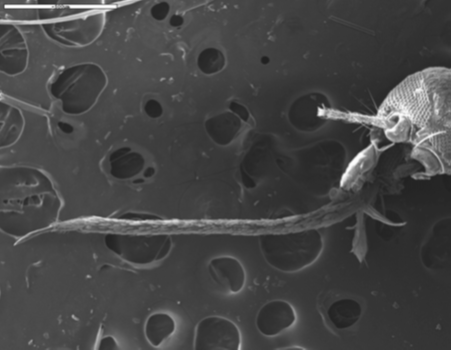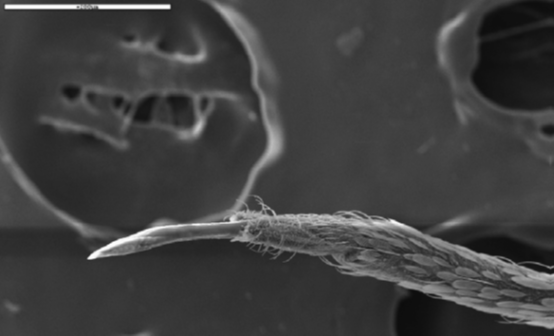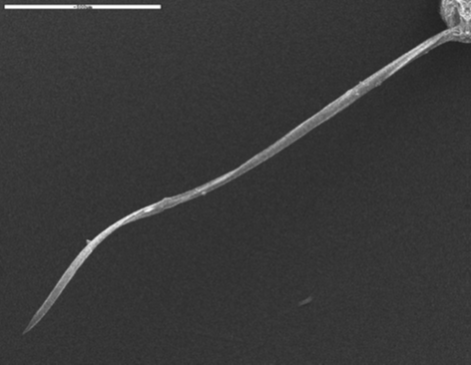Microneedles have evolved over recent years as a replacement for traditional hypodermic needles to minimize pain during transdermal drug delivery (TDD) or during blood draw for clinical analysis. Female mosquitoes have offered scientists an excellent insight into how an organism has evolved to drive a flexible microneedle into human skin and draw blood without causing pain to the host. Microneedle designs inspired by the anatomy of a mosquito fascicle and the mechanics of feeding by female mosquitoes have been developed by several researchers. Mosquito proboscis is an ideal needle device which minimizes the deformation and displacement of surrounding tissue during insertion for accurate guidance to targeted vessels. A microneedle is able to penetrate the skin painlessly when the critical load applied by it is greater than the load required to puncture the skin and the microneedle does not buckle. Once inserted, the microneedle draws blood or delivers therapeutic agents quickly into the blood

Mosquito head and proboscis

Fascicle tip with labella retracted

Desheathed fascicle

Fascicle tip.

The mosquito-proboscis inspired (MPI) needle
Information Source: https://link.springer.com/referenceworkentry/10.1007/978-90-481-9751-4_368 https://iopscience.iop.org/article/10.1088/1748-3182/3/4/046001

